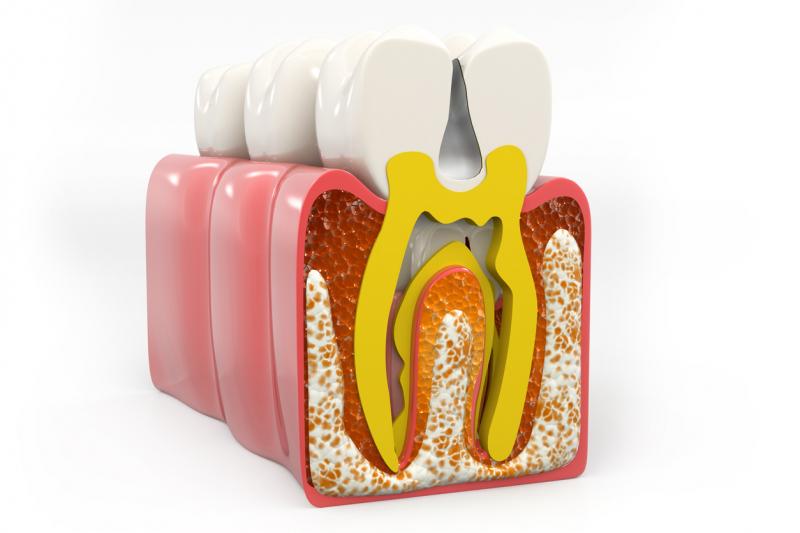Can You Rebuild Enamel?

The process of losing and rebuilding enamel is a natural part of the life cycle of teeth. Many people try to protect their teeth from acid damage by drinking through a straw or eating more alkaline foods, but this may not be enough to rebuild lost enamel.
While making lifestyle changes, using over-the-counter products, and brushing and flossing regularly can help protect the enamel from acid damage, severe wear and tear may require a visit to the dental clinic experts for professional care.
Let’s take a look at what enamel is, how it protects your teeth and how you can rebuild yours.
Your Guide to Tooth Enamel
What is Enamel?
Your teeth are more than just hard calcium blocks; they’re layers and layers of protective coats that ensure that the nerves of your teeth (the pulp) are protected. Enamel is the outmost layer and the most important.
As Crest states: “Tooth enamel is the hard, outer surface layer of your teeth that serves to protect against tooth decay. In fact, tooth enamel is considered the hardest mineral substance in your body, even stronger than bone.”
How Does it Protect Your Teeth?
There is no better place to turn when it comes to tooth advice than Colgate. Here is how they describe why your enamel is important for the health of your teeth:
“Enamel protects the inner, more fragile areas of your teeth, known as dentin and pulp. It is the first and most important line of defence against tooth decay. If your enamel is damaged, you could develop cavities, temperature sensitivity, and even tooth infection.”
In order words, enamel protects your dentin and pulp, which are the nerves of your teeth. If any of those are exposed or damaged, you can experience sensitivity, pain and, worse of all, potential tooth loss. That’s why protecting your enamel is very important for your overall dental health.

How Does Enamel Breakdown?
There are a few ways in which your enamel can get damaged:
- Abrasion, such as teeth grinding or clenching, can rub down the enamel and expose your dentin
- Dietary acids from certain foods and drinks can cause decay which slowly wears down your enamel
- Gum disease can also affect your enamel causing it to wear down
How to Rebuild Your Enamel
The first step in re-building enamel is removing deep decay from the surface of the tooth. If you have lost a lot of your enamel, then your dentist will remove as much decay as possible before putting in a filling. A new composite resin or porcelain material will be applied to the tooth to fill in any gaps left behind by the decay removal process. This step is designed to promote optimal enamel development and the growth of new dentin underneath the tooth's surface after several months.
After several weeks, your dentist can treat or repair the newly formed enamel with fluoride. The fluoride will help to make your teeth more resistant to future acid damage. After weeks of waiting, you can apply a new varnish or material on top of the treated tooth, if any work had to be done. This step is necessary because the first layer of enamel that grew back after treatment is very thin. With a new layer of enamel, you can be sure that your teeth are protected from acid damage and other oral health problems.
If your teeth suffer from severe wear and tear, it may be time to consider porcelain veneers. Porcelain veneers are a great way to hide the underlying tooth structure and add a beautiful, new surface.
Make sure that if you experience any pain or sensitivity that you visit your dentist to check on your enamel. It’s the first layer of protection for your teeth so make sure you do what you can do to protect it.
More to Read:
Previous Posts:





